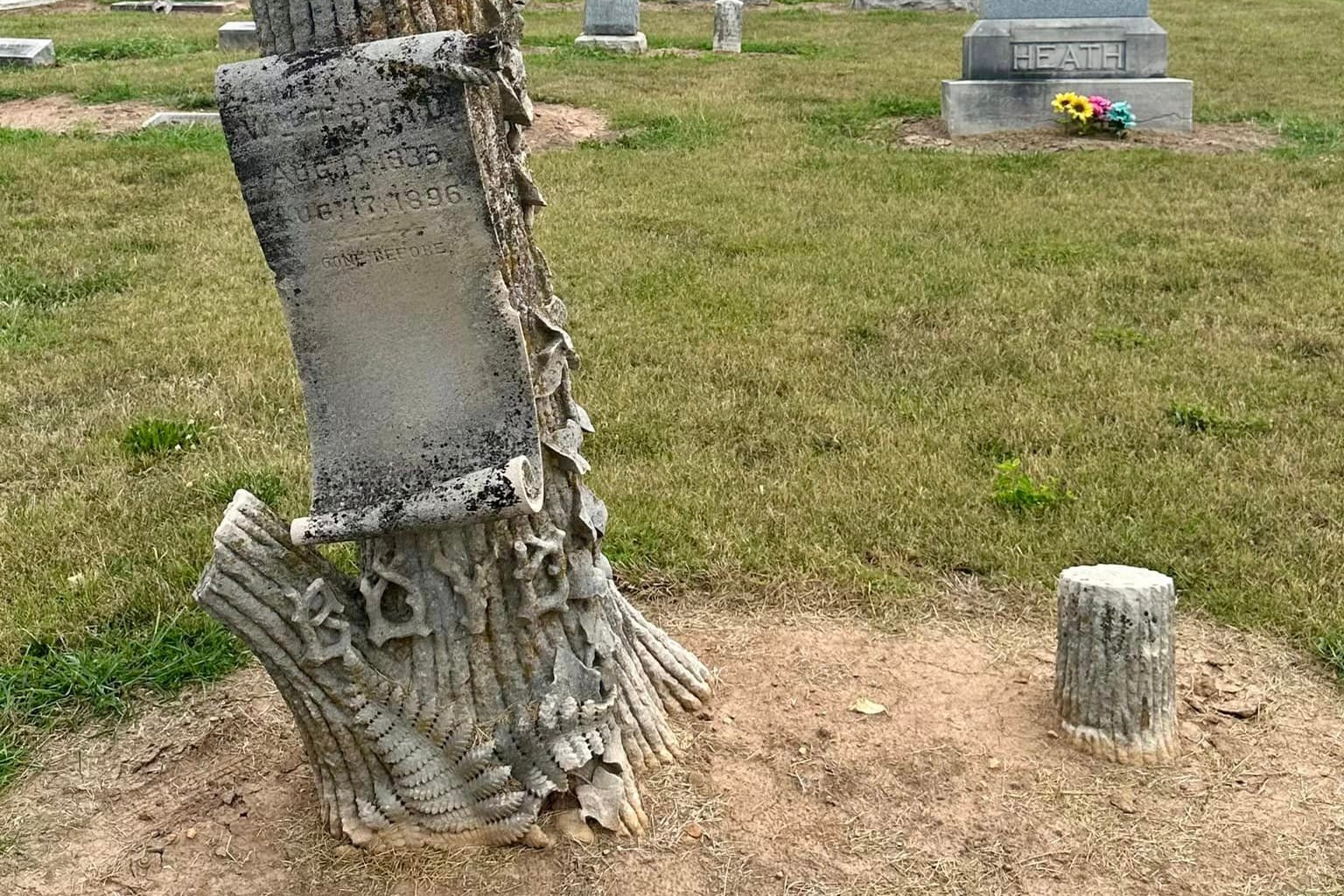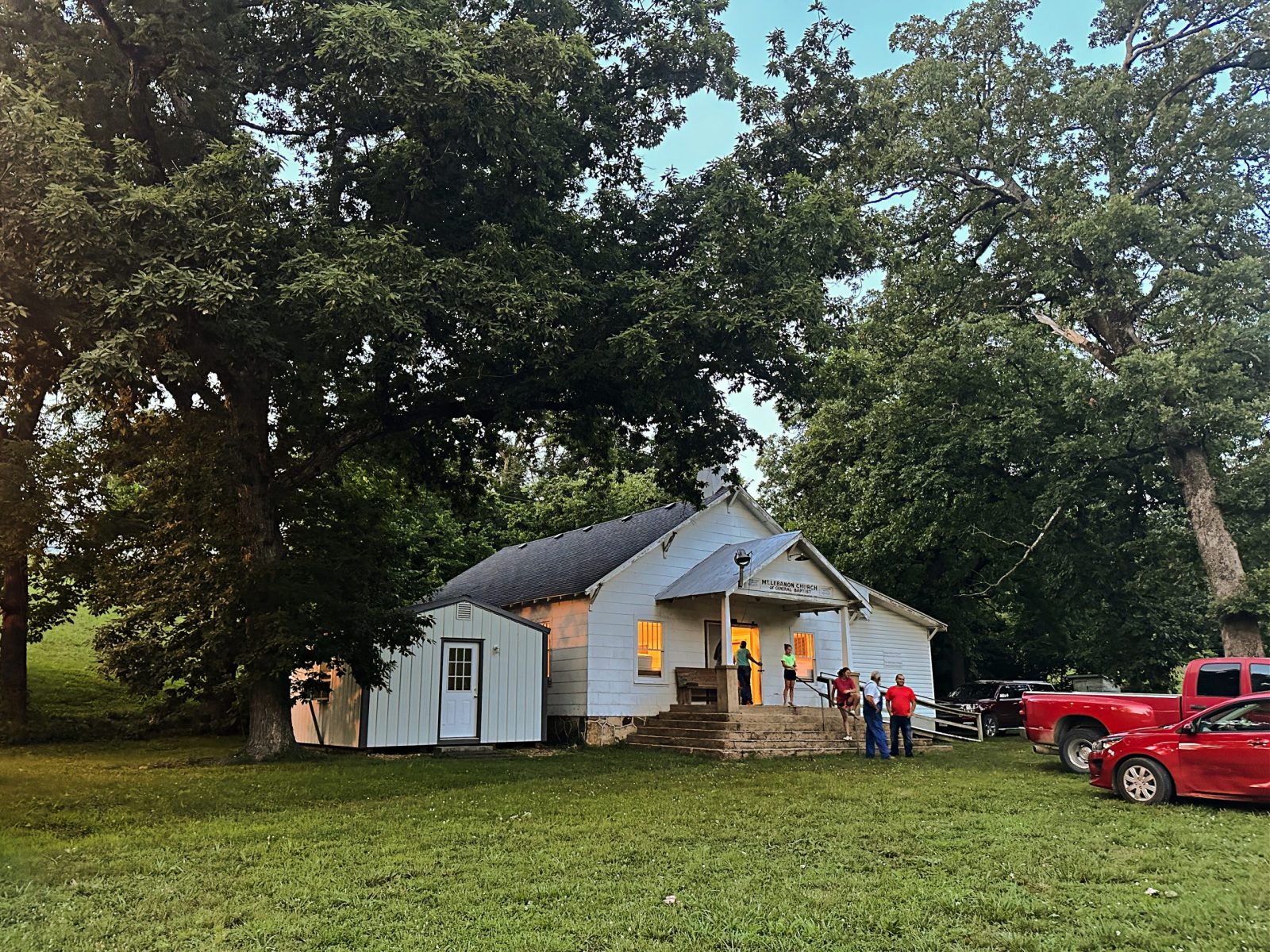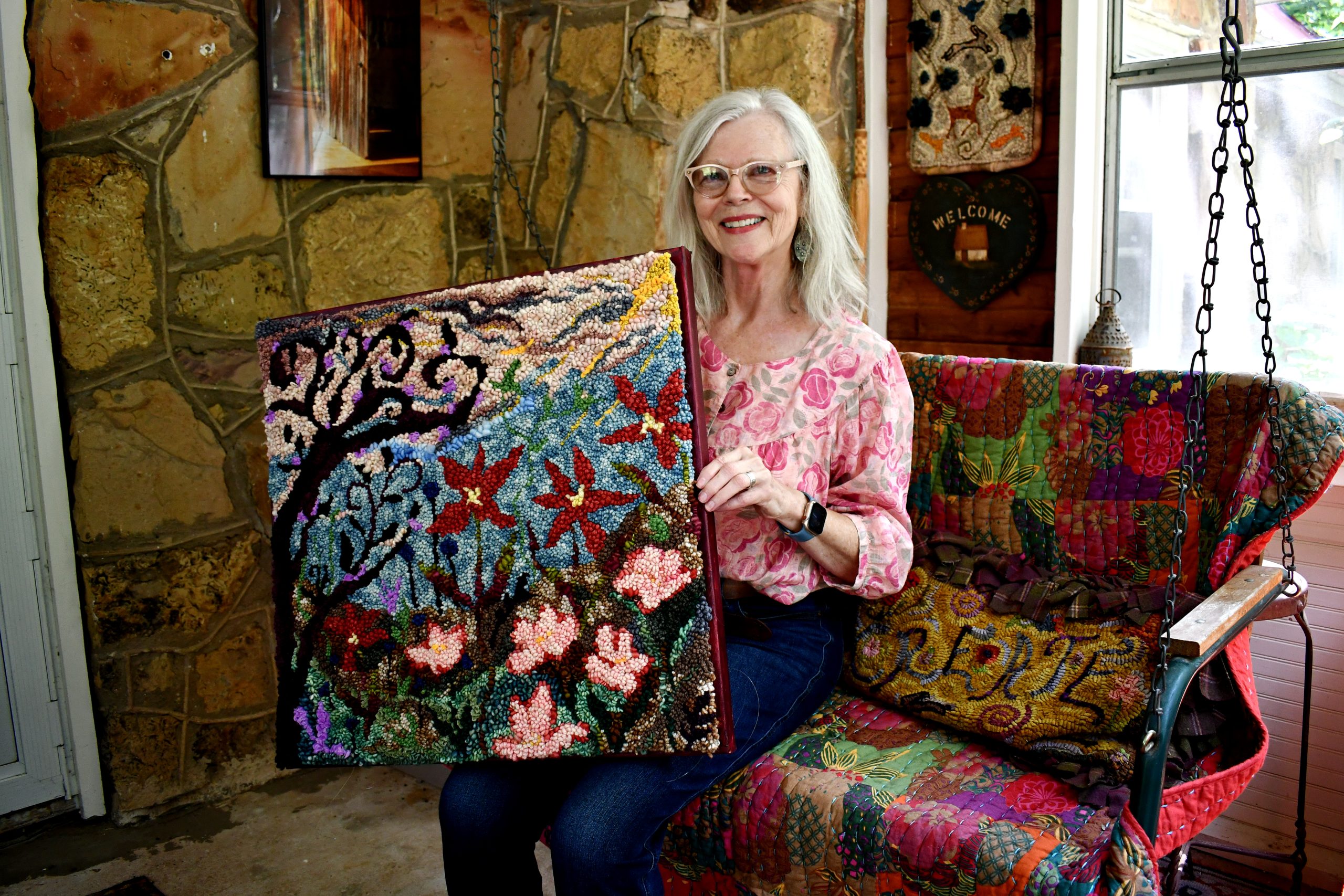This story is published in partnership with Ozarks Alive, a cultural preservation project led by Kaitlyn McConnell.
More than a century after Rose O’Neill was said to be the highest-paid female illustrator in the United States, the Kewpie creator, skilled and activist artist and adopted Ozarker has received national attention through her induction into the Will Eisner Hall of Fame.
O’Neill’s honor was made official during an awards ceremony in July at Comic-Con International: San Diego.
“We are so very excited that Rose O'Neill continues to be honored for her many contributions to the arts,” said Susan Scott, president of the Bonniebrook Historical Society, which manages the site near Walnut Shade where O’Neill lived. “Rose, a very successful illustrator for magazines, was among the very first women artists to have art featured in major magazines. Rose is America's first woman cartoonist, with her first cartoon published by Truth Magazine in 1896.”
It was that last fact that led to O’Neill’s induction into the hall of fame, says Jackie Estrada, administrator of the Will Eisner Comic Industry Awards.
“This year's judges selected Rose O'Neill and Marie Duval as ‘pioneers’ of comics. A major reason that O'Neill was chosen is that she was the first American woman to publish a comic strip (in 1896), and she of course went on to become the best-known and highest-paid female commercial illustrator in the United States,” Estrada said, also noting that hall of fame inductees are chosen by a panel of six judges who represent various aspects of the comics industry.
There isn’t a formal nomination process for the award. Instead, a list of names has accumulated over several years of Eisner Awards judging.
“The judges themselves suggest names, and we sometimes get unsolicited suggestions via emails,” Estrada said.
The awards are named for Eisner, a pioneer of American comic books and graphic novels.
Story continues below
6 spooky Ozarks legends and the stories behind them
Here are six legends long told in Springfield and the greater Ozarks, just in time for Halloween.
In total, 12 individuals were inducted into 2022’s hall of fame. Judges also selected Max Gaines, Mark Gruenwald, Alex Niño and P. Craig Russell, while six other inductees — Howard Chaykin, Kevin Eastman, Moto Hagio, Larry Hama, David Mazzucchelli and Grant Morrison — were selected based on a vote among professionals in the comics industry.
Rose O’Neill’s work and connection to the Ozarks
O’Neill’s connection with the Ozarks ties to the turn of the 20th century, when her family moved to a homestead in rural Taney County. However, the work that led to her international exposure — and subsequent love of the Ozarks as a retreat — dates even earlier.
The artist’s career began as a teenager, when she started sketching at her home in Nebraska. Things really launched in 1893, when she and her father traveled to visit the Columbian Exposition World’s Fair in Chicago.
“She got to see a lot of artwork and sculptures and what have you there,” David O'Neill, the artist's great nephew, told Ozarks Alive in 2016. “And then she left Chicago on a train and went by herself to New York City, and had a portfolio under her arm of books she’d written and illustrations — at 19 years old.”
The plan was to sell those creations to publishers, and she stayed at a convent while she looked for work.
“Most of the publishers told her she needed to work on her writing a little bit, but they’d be interested in buying some of her illustrations,” said O’Neill. “So she started selling her illustrations just right off.”
Eventually, some of those illustrations began featuring happy, winged, Cupid-like creatures. Then an employee of the Ladies' Home Journal approached O'Neill.
“He cut a lot of these little figures out, and sent them to Rose and said, ‘If you would do some illustrations with these, we’ll write some stories to go with them,” said O'Neill. “And she wrote him back and said, ‘I can do the stories, too. Don’t you doubt me.’”
The Kewpies officially debuted in December 1909. “She figured (Kewpie) was a short name for Cupid,” explained O'Neill. “But Cupid usually got people in trouble, while the Kewpies were designed to get people out of trouble.”

O’Neill financial success allowed her great freedom and an unorthodox lifestyle, especially for women of the time.
“Her income allowed her to support her family in Missouri and travel extensively in Europe,” notes information from the State Historical Society of Missouri about O’Neill. “There she easily made friends with fellow artists and writers, and hosted expensive parties. In this lively environment, O’Neill produced her serious art, much of which she labeled her ‘Sweet Monster’ art. Influenced by European artists and her own Irish-American upbringing, O’Neill merged mythic-like figures with animal traits and pushed them into extreme and unusual poses in her paintings and sculptures.”
That position also gave her a voice — and she used it.
“Despite her success as an artist and writer, O’Neill could not vote in public elections because she was a woman,” continued the state historical society information. “O’Neill worked diligently, along with her sister Callista, to support the suffragist movement. She drew posters and cartoons and marched in protest parades. Her efforts helped women gain the right to vote in 1920.”
Ozarks retreat
By this time, O’Neill's connection with the Ozarks was firmly established. Bonniebrook’s remote location also gave her a reprieve from the rest of the world.
“With money from Rose’s published works for major magazine and book publishers, the original O'Neill family home was built. Rose and her sister, Callista, had apartments in Washington Square in New York and would travel by train from New York to Springfield, Missouri where they would be greeted by family members who took them in a small wagon to Bonniebrook,” notes Scott, the historical society president. “It would take two days to make the trip from Springfield to the Bonniebrook Homestead. Our favorite quote of Rose O'Neill is ‘Bonniebrook is my favorite place on earth, here I have done my best work.’”
O’Neill died in 1944, and Bonniebrook burned in 1947. After an effort to meticulously recreate the design of the home, a replica was constructed in the 1970s. Today, visitors are welcome to see and experience what Bonniebrook was like when O’Neill lived there, and visit a museum featuring her art and career.
For more information about O’Neill and Bonniebrook, click here. Previous Ozarks Alive coverage about the famed artist is available here.






